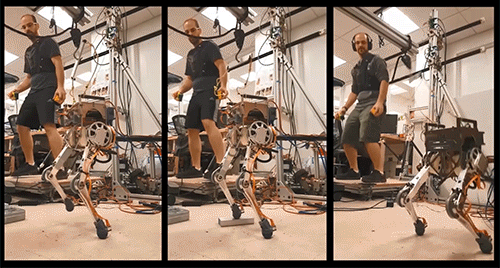If Goldman Sachs’ new tool launches through Marcus, a human-digital hybrid approach would be a wise choice.
Goldman Sachs created a market-ready robo advisor and is mulling how to launch it, Financial Planning reports. The automated platform will represent Goldman’s digital entry into the smaller investor market, per Rachel Schnoll — who recently became the head of Goldman’s FinLife CX RIA platform — as cited by Financial Planning. The new robo advisor may be built in part on algorithms that Goldman acquired from financial life management firm United Capital, when it acquired the company for $750 million in May.
The new robo advisor could be introduced to the market via Goldman’s Marcus segment — here’s why it would be a good match. Goldman could extend a portion of the personal touch it brings to its Private Wealth Management clients to Marcus clients by offering them financial advice via the new robo advisor.
This could help elevate the bank’s play to target more retail banking customers, and could make up for the fact that the high interest rate Marcus boasts slipped from 2.25% to 1.9% since July. But Marcus isn’t the only potential route to market: Goldman is also considering launching its robo tech to financial advisors on the United Capital platform, per Schnoll.






